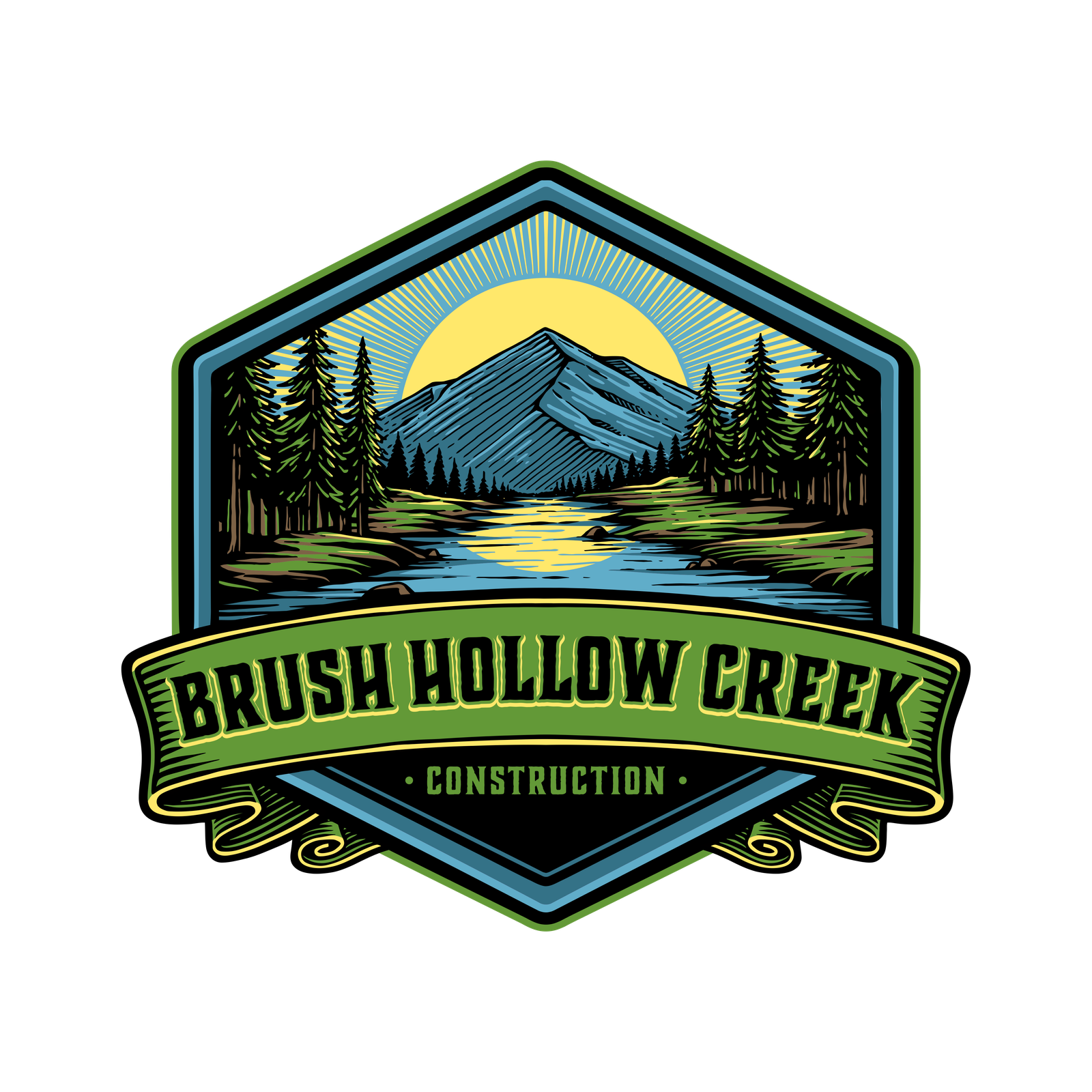Barndominiums—often called barndos—are one of the fastest-growing housing trends in the U.S. Combining the practicality of a barn with the comfort of a home, these structures offer durability, affordability, and customization. But before building one, homeowners face two critical steps: securing financing and navigating permitting requirements.
This article provides a comprehensive guide on financing and permitting for barndominiums, covering loan options, costs, zoning rules, and strategies to streamline the process.
Understanding Barndominiums
A barndominium is a hybrid structure that combines metal or post-frame construction with residential living space. While some are designed as full-time homes, others integrate workshops, garages, or storage facilities.
Key benefits include:
- Lower construction costs per square foot compared to traditional homes.
- High durability thanks to steel framing.
- Energy efficiency with proper insulation.
- Design flexibility to accommodate open floor plans and multipurpose spaces.
Because of their unique design, barndominiums are classified differently than conventional houses by lenders and permitting authorities. This is why understanding financing challenges and local building codes is so important before starting your project.
Financing Challenges for Barndominiums
Getting a mortgage for a barndominium is not as straightforward as financing a traditional home. Many lenders are cautious because:
- Appraisals are tricky – Since barndominiums are unique, it’s often difficult to find comparable properties (or “comps”) for valuation.
- Unconventional design – Mixed-use layouts (home + workshop) may not fit traditional underwriting standards.
- Lender unfamiliarity – Some banks lack experience with barndominium loan programs and may classify them as agricultural buildings instead of residential properties.
This means borrowers may need to explore alternative mortgage options or work with local banks and credit unions familiar with rural housing and metal building construction.
Financing Options for Barndominiums
Despite the challenges, there are several financing pathways for barndominium projects:
1. Conventional Mortgages
Some lenders provide conventional home loans, but approval depends on finding comparable properties for appraisal. Large national banks may hesitate, but smaller lenders sometimes offer flexibility.
2. Construction-to-Permanent Loans
A popular choice for custom builds, this loan covers construction costs and later converts into a permanent mortgage. Lenders often require detailed building plans, permits, and cost breakdowns before approval.
3. USDA Loans
Ideal for rural homeowners, USDA Rural Development loans support barndominium construction if the property meets eligibility requirements. These loans often feature low interest rates and no down payment.
4. FHA and VA Loans
- FHA loans benefit first-time buyers with lower credit score requirements.
- VA loans provide excellent terms for veterans and active-duty service members, though eligibility and appraisal requirements must be met.
5. Local Banks and Credit Unions
Community lenders often have more flexible underwriting policies and may better understand the unique value of barndominiums in their region.
Cost Considerations When Financing
When applying for financing, lenders will review the full project scope, not just the structure itself. Common costs include:
- Land acquisition – If you don’t already own land, this must be factored in.
- Site preparation – Clearing, grading, and adding a foundation.
- Utilities installation – Water, septic, and electrical hookups.
- Construction costs – On average, barndominiums cost $100–$150 per square foot, though customization can increase this.
- Interior finishes – Kitchens, bathrooms, and flooring drive costs higher.
Proper financial planning and project budgeting can help ensure lenders feel confident in approving your loan.
Permitting Process for Barndominiums
Permitting is another major step. Local governments regulate construction through zoning laws and building codes, ensuring safety and proper land use.
Key permitting requirements include:
- Zoning Approval – Confirms the land can be used for residential or mixed-use purposes.
- Building Permits – Covers structural, electrical, plumbing, and mechanical work.
- Environmental Compliance – Some rural areas require impact assessments before approval.
- Occupancy Certificate – Issued once the building passes inspections and is deemed livable.
Common Permitting Challenges
Homeowners often face obstacles such as:
- Local resistance to unconventional housing designs.
- Strict energy efficiency standards that require advanced insulation and HVAC systems.
- Fire safety and egress codes that may differ for metal buildings.
- Delays in obtaining approvals from planning commissions or zoning boards.
Being proactive with documentation and working closely with your contractor can minimize these delays.
Tips for Streamlining Financing and Permitting
- Choose lenders familiar with barndominiums – Start with local credit unions or banks.
- Hire experienced builders and architects – They’ll know local building codes and requirements.
- Prepare detailed plans and cost breakdowns – This helps both lenders and zoning boards evaluate your project.
- Engage with planning officials early – Address concerns about zoning, safety, or environmental impact before submitting applications.
- Consider phased financing – Breaking the project into stages (site prep, framing, interior) may help secure incremental approvals.
Future Trends in Barndominium Financing and Permitting
As barndominiums grow in popularity, both financing and permitting are evolving:
- Lenders are adapting – More banks are developing specialized loan products for non-traditional homes.
- Streamlined permitting – Municipalities in rural and suburban areas are updating codes to accommodate metal-framed housing.
- Green building incentives – Tax credits and financing support are increasingly available for barndominiums that integrate renewable energy, smart home tech, or eco-friendly materials.
Conclusion
Building a barndominium is an exciting opportunity, but success requires careful attention to financing and permitting. By exploring different loan options, budgeting accurately, and working proactively with local zoning boards, homeowners can turn their barndominium dream into reality.
As acceptance grows, financing and permitting for barndominiums is becoming easier, making them a viable, long-term housing option.

